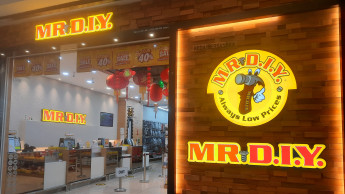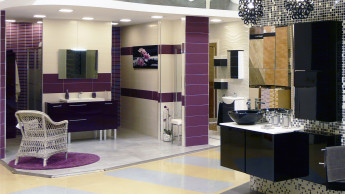

deep insights, facts & figures

Not all retailers have been adversely affected by the credit crunch. The DIY market is now showing signs of recovery
Like most parts of the world, America has just ended a very tough year – not only for the DIY industry, but for all of retailing. It was in recession for many months and, to some degree, still is. Consumers are often reluctant to buy, except for absolute necessities. There is one very major difference between the DIY market in the USA and anywhere else in the world except England and France: the powerful dominance of just two retailers, Home Depot and Lowe’s. These two together comprise more than 40 per cent of the total market, aided by powerful, privately-owned Menards, which adds almost $ 8 billion to the sales total of the top two firms. Almost nowhere else in the world do just three firms so dominate a retailing segment. While the latter part of 2008 and all of 2009 were tough for everyone, there do appear to be some bright spots on the horizon for DIY retailers. New home sales are showing signs of life, posting consecutive increases during the third and fourth quarters of last year and in the first month of 2010. Home prices seem to have stabilized in many markets, returning to their more natural levels of the early 2000s, and the government’s economic stimulus funds appear to be trickling down. Consumers are looking for greater value, more information and more selection from their retailers of choice. They’ve always done that, to a degree, but when times are tough, with jobs and money scarce, it becomes a more important shopping ritual. Retailers need to be eager to show and tell consumers how they can deliver that value, and the result will be increased purchasing activity. This purchasing will heavily favour home repair and maintenance items and small projects at first. That means retailers may see smaller transaction sizes but greater transaction activity. All firms apart from the top three cater to builders and remodelers, with DIY business secondary in importance. According to NRHA, 13.7 per cent of the stores accounted for 48.3 per cent of industry sales in 2008. In other words, 5 532 stores cranked out $ 142.1 bn in sales in 2008, an average of $ 25 million per store, very heavily influenced by the sales volume per store of Depot, Lowe’s and Menards, all of which are generating more than $ 30 million on average per unit. Faced with sharply reduced consumer spending and the continued onslaught of giant retailers like Home Depot, Lowe‘s and Menards, can smaller chains and independent retailers survive, and if they so, how are they going to do…
Related articles
Read also

 Menü
Menü












 Newsletter
Newsletter